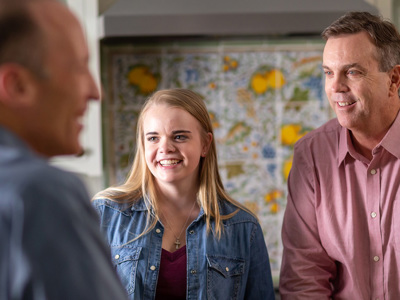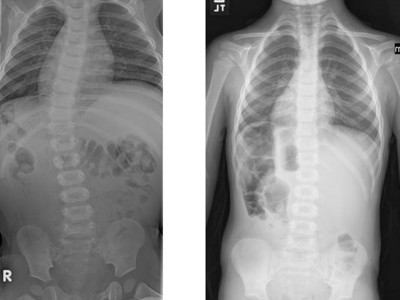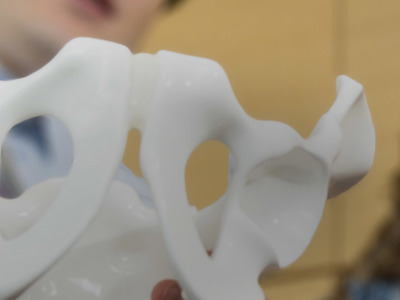- Doctors & Departments
-
Conditions & Advice
- Overview
- Conditions and Symptoms
- Symptom Checker
- Parent Resources
- The Connection Journey
- Calm A Crying Baby
- Sports Articles
- Dosage Tables
- Baby Guide
-
Your Visit
- Overview
- Prepare for Your Visit
- Your Overnight Stay
- Send a Cheer Card
- Family and Patient Resources
- Patient Cost Estimate
- Insurance and Financial Resources
- Online Bill Pay
- Medical Records
- Policies and Procedures
- We Ask Because We Care
Click to find the locations nearest youFind locations by region
See all locations -
Community
- Overview
- Addressing the Youth Mental Health Crisis
- Calendar of Events
- Child Health Advocacy
- Community Health
- Community Partners
- Corporate Relations
- Global Health
- Patient Advocacy
- Patient Stories
- Pediatric Affiliations
- Support Children’s Colorado
- Specialty Outreach Clinics
Your Support Matters
Upcoming Events
Mental Health Town Hall
Tuesday, April 23, 2024Join Children’s Hospital Colorado pediatric experts for a virtual...
-
Research & Innovation
- Overview
- Clinical Trials
- Q: Pediatric Health Advances
- Discoveries and Milestones
- Training and Internships
- Academic Affiliation
- Investigator Resources
- Funding Opportunities
- Center For Innovation
- Support Our Research
- Research Areas

It starts with a Q:
For the latest cutting-edge research, innovative collaborations and remarkable discoveries in child health, read stories from across all our areas of study in Q: Advances and Answers in Pediatric Health.


Scoliosis Diagnosis and Management (S2:E9)
There are three different types of scoliosis in children and adolescents that pediatric providers might encounter. The most common is referred to as idiopathic scoliosis, where doctors cannot determine the underlying cause. Congenital scoliosis implies a congenital anomaly that develops in utero. With neuromuscular scoliosis, irregular spinal curvature is caused by disorders in the brain, spinal cord and/or muscular system.
Some scoliosis cases are asymptomatic, which adds an additional layer of difficulty to treatment and management. In other cases, young patients with scoliosis will exhibit additional comorbidities like muscular dystrophy or cerebral palsy.
Listen to an expert on pediatric orthopedics discuss scoliosis management
Scoliosis management is the topic of today's episode of Charting Pediatrics. Since treatment varies according to each child's unique situation and presentation, Mark Erickson, MD, Rose Brown Chair of Pediatric Orthopedic Surgery and Medical Director of the Children's Hospital Colorado Spine Program joins us to discuss diagnosis, treatment and best practices.
In this episode, our expert shares:
- The three primary types of scoliosis in children and their common presentations, symptoms, causes and treatments
- The differences between congenital scoliosis, neuromuscular scoliosis and idiopathic scoliosis
- The key components of a physical examination for scoliosis
- Recommended imaging to order for aiding a scoliosis diagnosis in children
- Red flags that may indicate more serious problems and non-idiopathic scoliosis
- Scoliosis surgery, treatment and the evolution of scoliosis in a child
- Risk factors for disease progression that pediatrics providers should know about
- The long-term prognosis for a child with scoliosis
How often is scoliosis surgery in children required?
By Dr. Erickson's estimates, only 10 to 15% of the children that he sees will require scoliosis surgery. Shoulder imbalances, shoulder blade prominence, rib hump and waist balance typically improve with surgical interventions. Pediatric providers and families alike should note that today's scoliosis treatments are less intensive, with casting, braces and surgeries that aren't nearly as invasive.
Scoliosis surgery and other treatment options for young patients at Children's Colorado
Children and young adults with scoliosis are treated by our Orthopedics Institute. Pediatric spine experts evaluate and treat infants, children, adolescents and young adults with all types of spinal diseases, deformities and injuries, including scoliosis. Refer a patient to Children's Colorado.



 720-777-0123
720-777-0123






